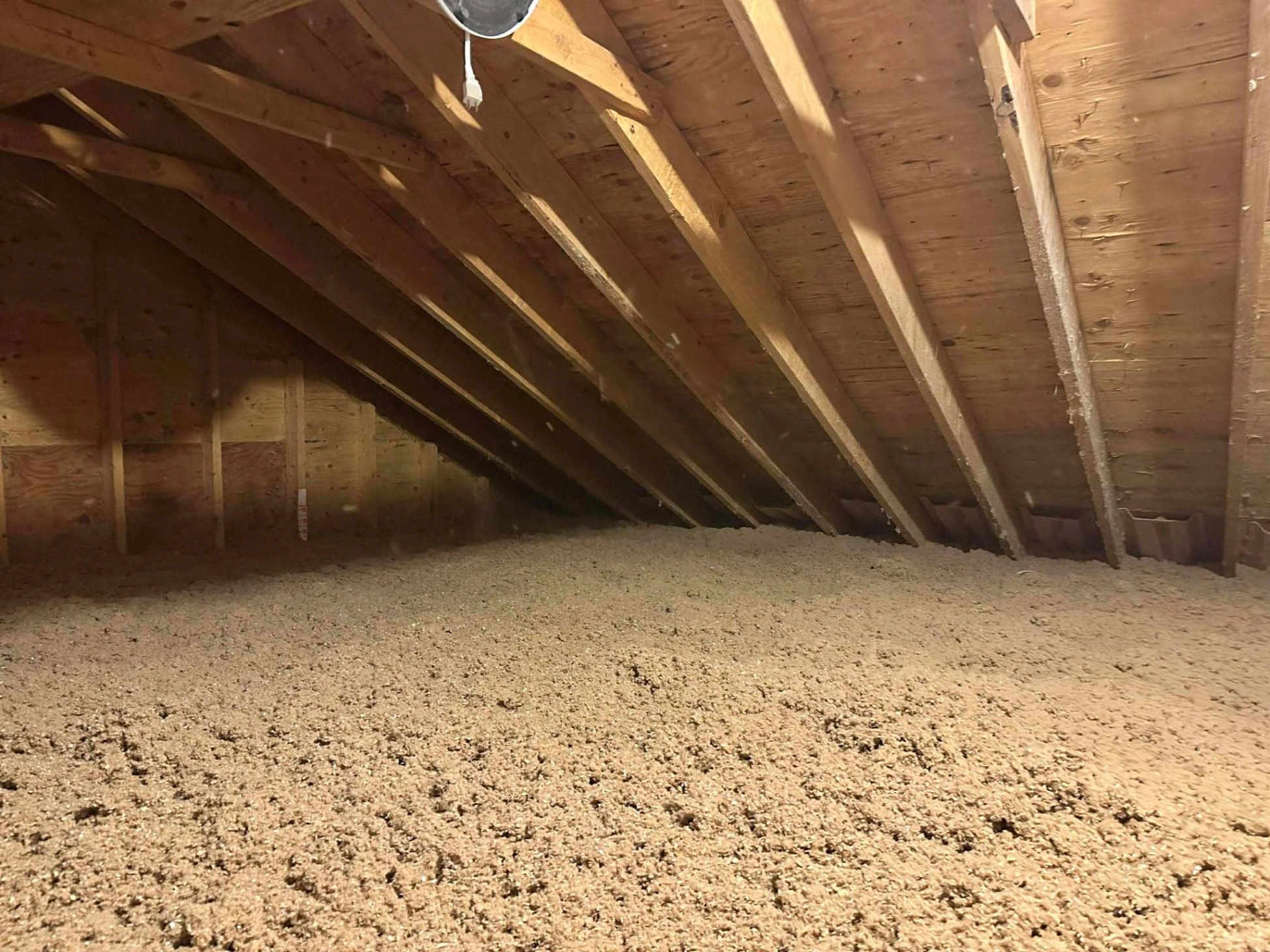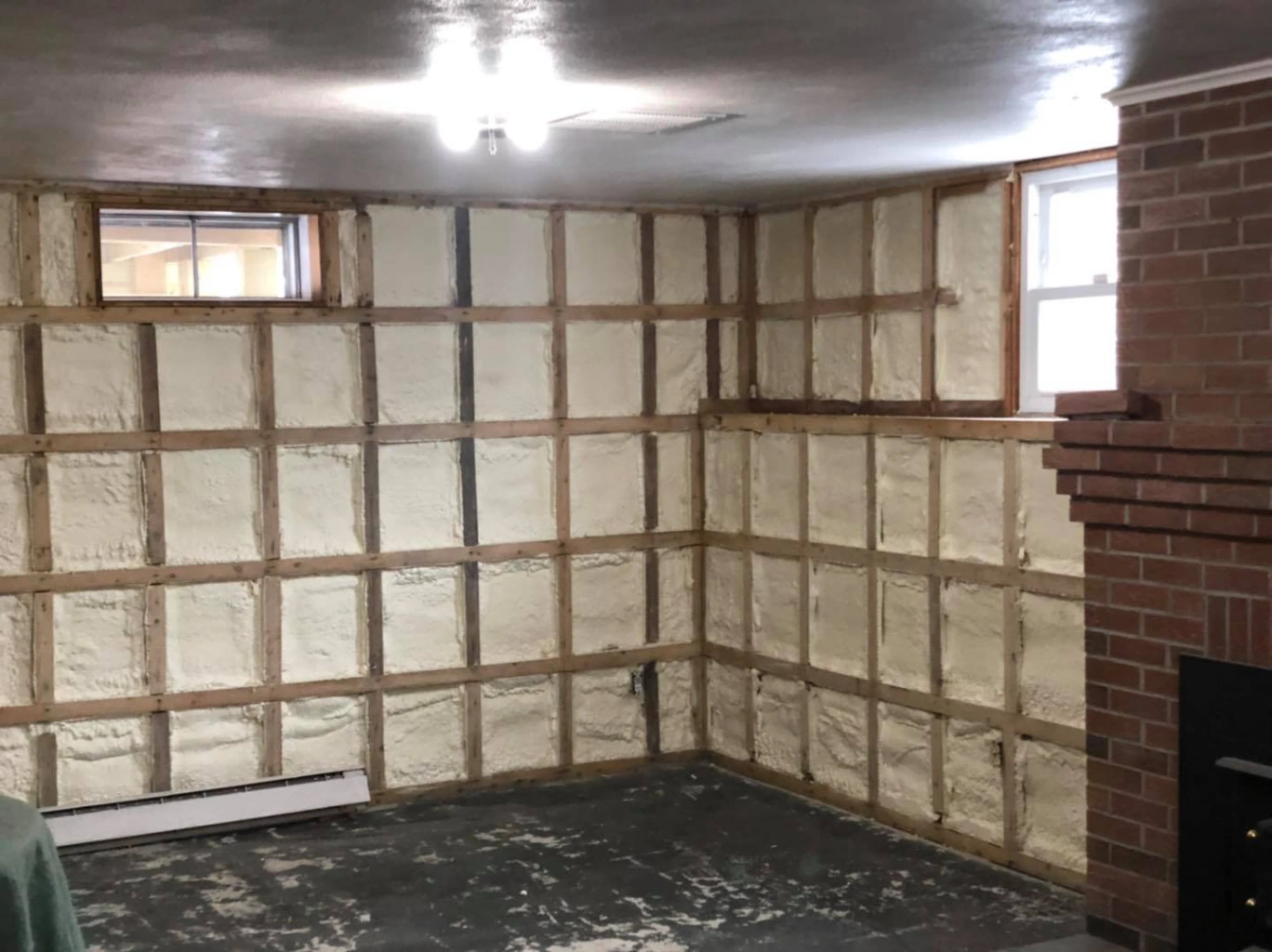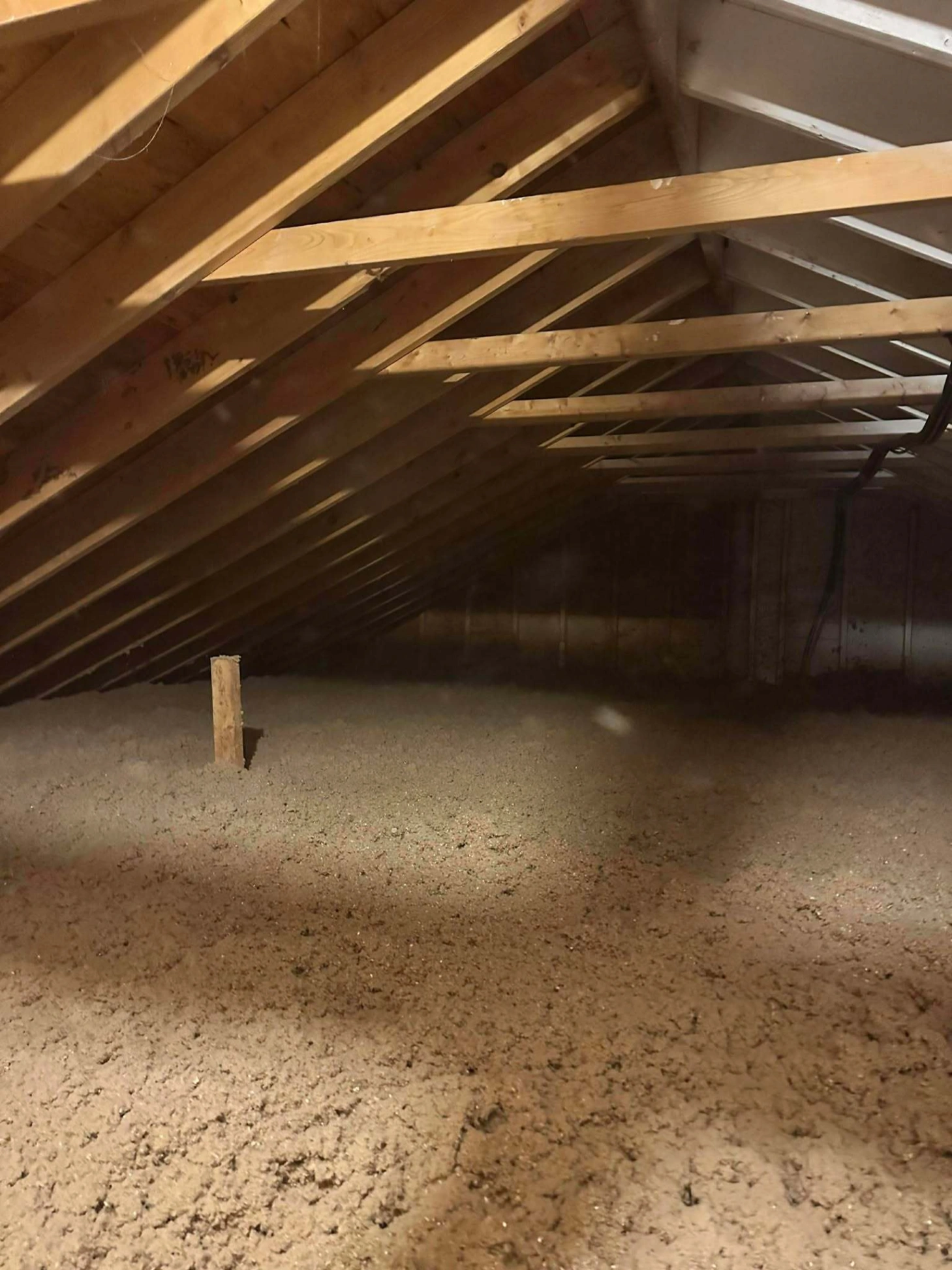
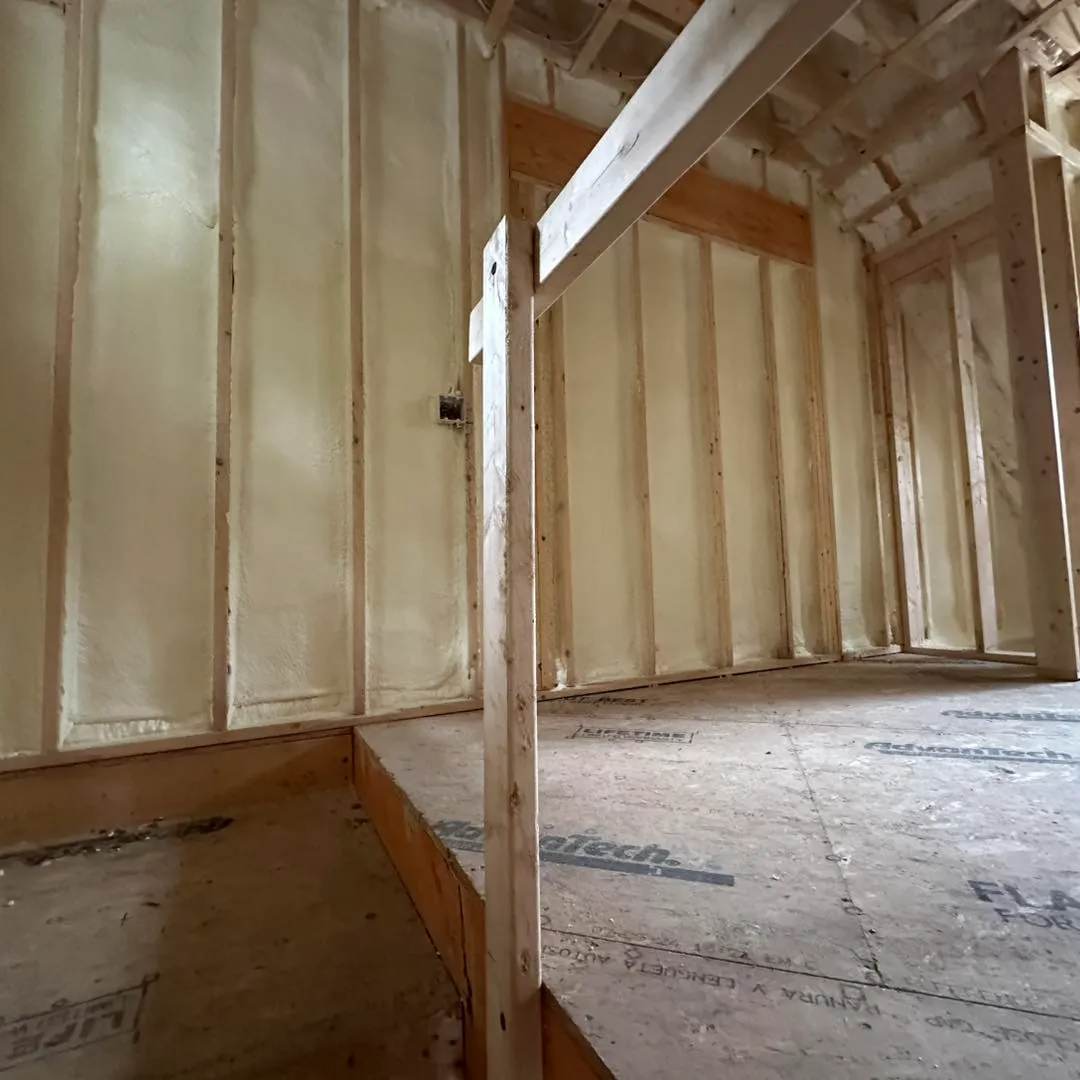
Closed-cell spray foam insulation delivers high energy efficiency through a combination of low air permeability, high R-value, and integrated vapor control. Its dense structure creates a continuous barrier that resists thermal transfer, limits air leakage, and strengthens building envelopes.
Closed-cell spray foam’s closed molecular structure contains trapped gas bubbles that slow down heat flow more effectively than most other insulation types. This results in lower energy demand for heating and cooling across seasonal extremes. The following sections break down how and why this happens.
Lamothe Insulation & Contracting has used closed-cell spray foam in residential and commercial projects across Massachusetts. Practical field experience confirms that the energy-saving benefits translate consistently across new builds and retrofits.
The performance edge of closed-cell spray foam insulation lies in its structure and physical behavior once applied. Below is a breakdown comparing its properties with other common insulation materials:
| Property | Closed-Cell Spray Foam | Open-Cell Spray Foam | Fiberglass Batts | Blown-In Cellulose |
|---|---|---|---|---|
| R-Value per inch | 6.5 – 7.0 | 3.5 – 3.8 | 2.9 – 3.2 | 3.2 – 3.8 |
| Air Barrier | Yes | Partial | No | No |
| Vapor Retarder | Yes (at >1.5″) | No | No | No |
| Water Resistance | High | Low | Low | Low |
| Structural Rigidity | High | Low | Low | Low |
| Specification | Value / Description |
|---|---|
| Density | ~2.0 lb/ft³ |
| Typical R-Value (per inch) | 6.5 to 7.0 |
| Application Thickness | Minimum 1″; Effective at 2″+ |
| Closed Cell Content | >90% |
| Vapor Permeability | <1 perm at 1.5″ thickness |
| Water Absorption | <1% |
| Flame Spread (ASTM E84) | Meets code with coating (if needed) |
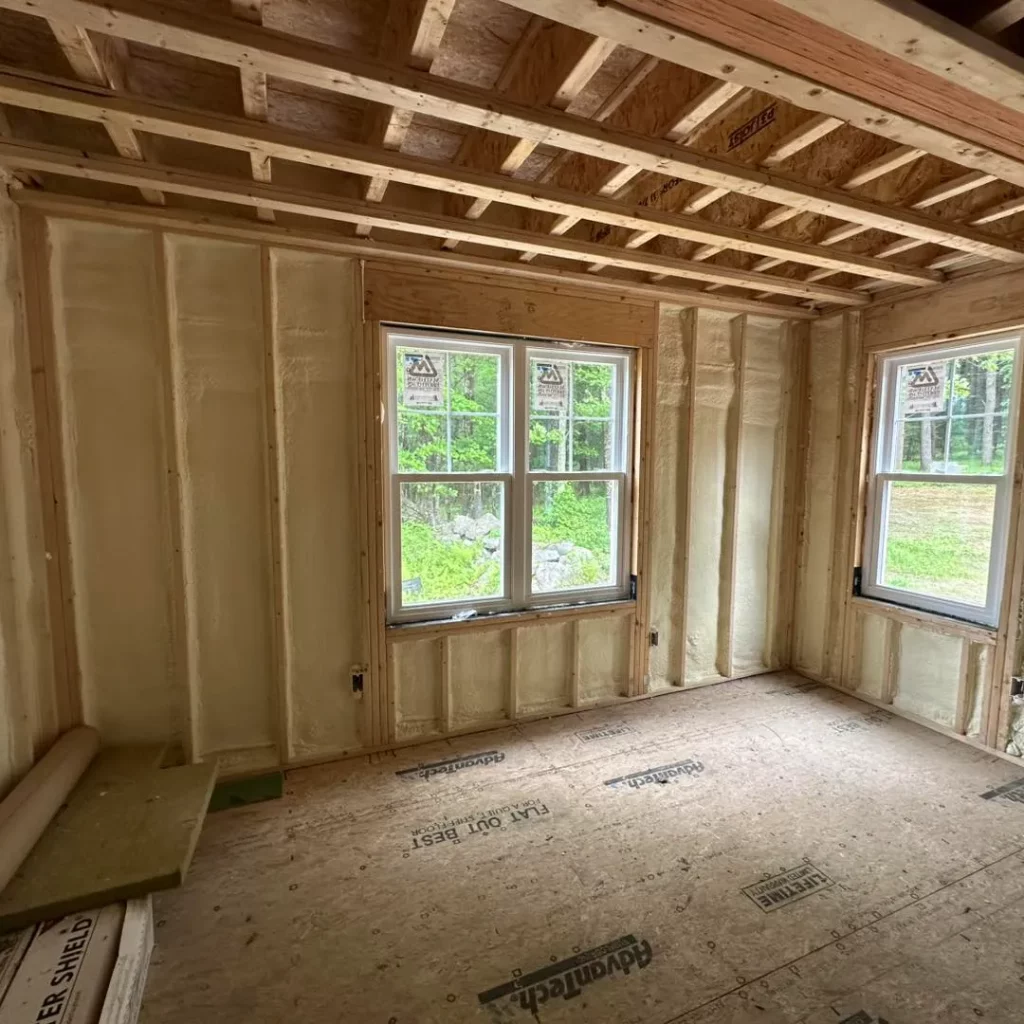
In colder climates like Massachusetts, closed-cell insulation minimizes heat loss during prolonged winters. During humid summers, its vapor resistance helps control interior moisture buildup. This dual performance protects mechanical systems from working overtime.
Bonus Tip: Installers must ensure foam is applied to the correct depth. Underspraying undermines thermal continuity. Overapplying can trap moisture if the surrounding materials are not vapor-open.
Closed-cell foam doesn’t just insulate—it air-seals and adds structural support. This reduces the load on HVAC systems, limits drafts, and improves indoor temperature consistency. Sealing the thermal envelope with one material reduces reliance on multiple products.
Selecting the right insulation goes beyond R-values. Here are critical decision points:
Bonus Tip: Never apply closed-cell foam against damp wood or concrete. Moisture must be fully remediated before application.
Yes. It performs well on basement walls due to its water resistance and vapor-blocking qualities.
A minimum of 1.5″ is needed for vapor control. For thermal effectiveness, 2″ or more is standard.
No. Closed-cell foam functions as both insulation and an air barrier.
Yes, but substrate temperatures must meet product requirements, typically above 40°F.
Closed-cell spray foam insulation offers strong performance for controlling heat, moisture, and airflow. Its integration with structural and air-sealing goals makes it ideal for demanding environments. Evaluate framing depth, moisture levels, and code needs before moving forward.
To find out if closed-cell spray foam insulation fits your project goals, contact Lamothe Insulation & Contracting. Send an email to [email protected] or call (508) 847-0119 for technical advice and application planning based on your specific structure and conditions.
When installed properly, it lasts for decades with no degradation in R-value or structure.
Closed-cell foam is not a food source and resists tunneling, but entry points must still be sealed.
Once cured, it is inert. Proper ventilation during curing is key to avoiding VOC exposure.
No. Closed-cell foam remains dimensionally stable and does not settle.
Yes. It is often combined with fiberglass or cellulose in hybrid assemblies for cost efficiency.

